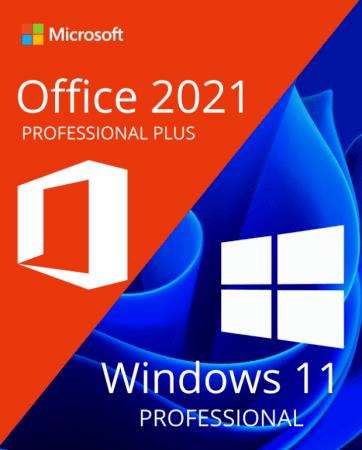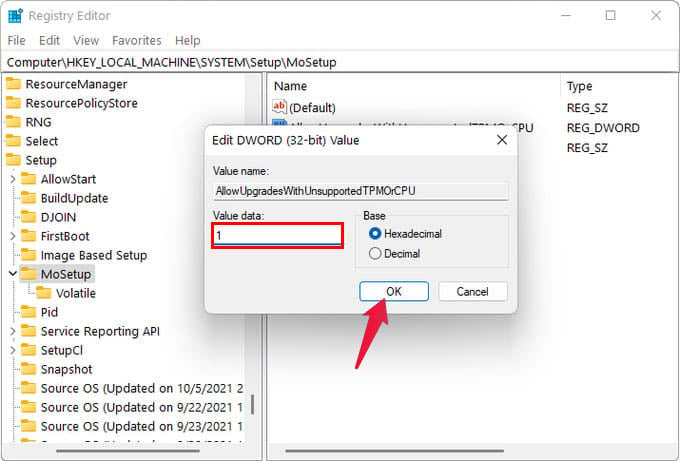
So many started asking do I really need TPM 2.0 to install Windows 11? The answer is no… You can bypass the requirementġ: During installation press Shift+F10, open registry and create key LabConfig under HKEY_LOCAL_MACHINE\SYSTEM\Setup There add: “BypassTPMCheck”=dword:00000001 “BypassSecureBootCheck”=dword:00000001Ģ: Secondly the hard requirement is actually TPM 1.2. This allows the user to load non-Microsoft operating systems. The user has manually approved the bootloader’s digital signature.In the case of PCs certified for Windows 11. The bootloader was signed using a trusted certificate.If the bootloader is intact, the firmware starts the bootloader only if one of the following conditions is true: If Secure Boot is enabled, the firmware examines the bootloader’s digital signature to verify that it hasn’t been modified. When a PC equipped with UEFI starts, the PC first verifies that the firmware is digitally signed, reducing the risk of firmware rootkits. PCs without Secure Boot simply run whatever bootloader is present on the PC’s hard drive.

When a PC starts, it first finds the operating system bootloader. Secure Boot was made to help make sure that a device boots using only software that is trusted by the OEM. If the signatures are valid, the PC boots and the firmware gives control to the operating system.


When the PC starts, the firmware checks the signature of each piece of boot software, including UEFI firmware drivers (also known as Option ROMs), EFI applications, and the operating system. The last feature is one of the reasons why TPM will be mandatory, to be able to use Secure Boot in Windows 11 which is enabled by default. TPM today is required for a lot of other services in Windows like

When Windows 11 was announced, Microsoft made a huge change to its hardware requirements which was they will now require TPM 2.0 compatible chips on your machine to be able to run Windows 11.


 0 kommentar(er)
0 kommentar(er)
